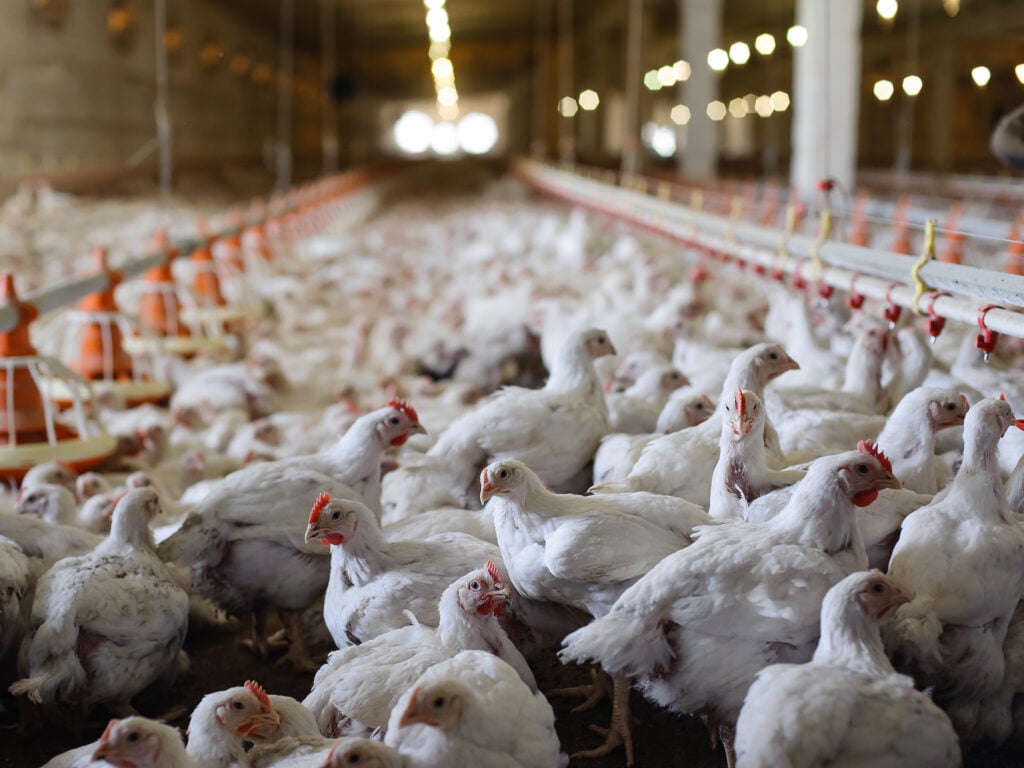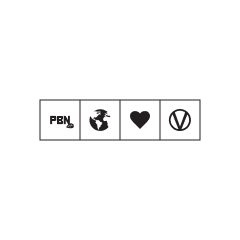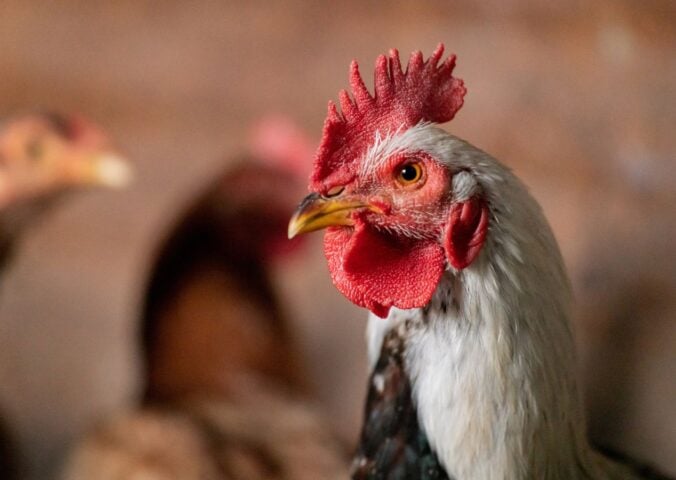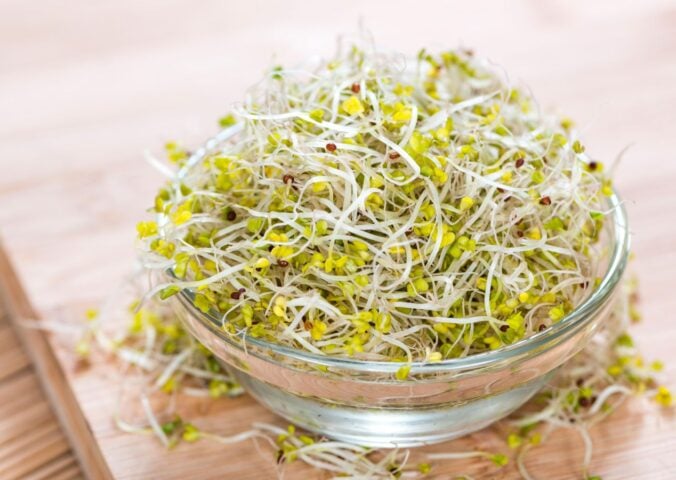I was raised in a rural English farming region of Wiltshire. Opposite our home, Jasmine Cottage, there was a farm.
My sister and I would sometimes be allowed to walk over the road and help in the lambing season, which coincided with our ‘half term’ break. I use the word ‘help’ loosely… we put on our welly boots and stood back somewhere we wouldn’t get in the way of the farmers.
If we were lucky, we sometimes caught a glimpse of a baby lamb being born and making some very wobbly first steps. It was a great place to grow up and filled with wonderful experiences around food, nature and animals.
At the bottom of the farmer’s field opposite we occasionally used to pick wild mushrooms the size of dinner plates that our mother would cook for supper. On Sunday walks, my dad would take out his pocket knife and make flutes for me and my sister out of cow parsley stems and a carefully positioned fat blade of grass.
In the summer months we could splash our toes in the stream at the bottom of the field to cool off. There was even a witch who lived in the little thatched cottage next to the field gate. At least some neighbours affectionately referred to her as a witch. She was a kind yet eccentric lady that once said to my father she had too many spiritual energy lines flowing under her house and it was interfering with her television reception.
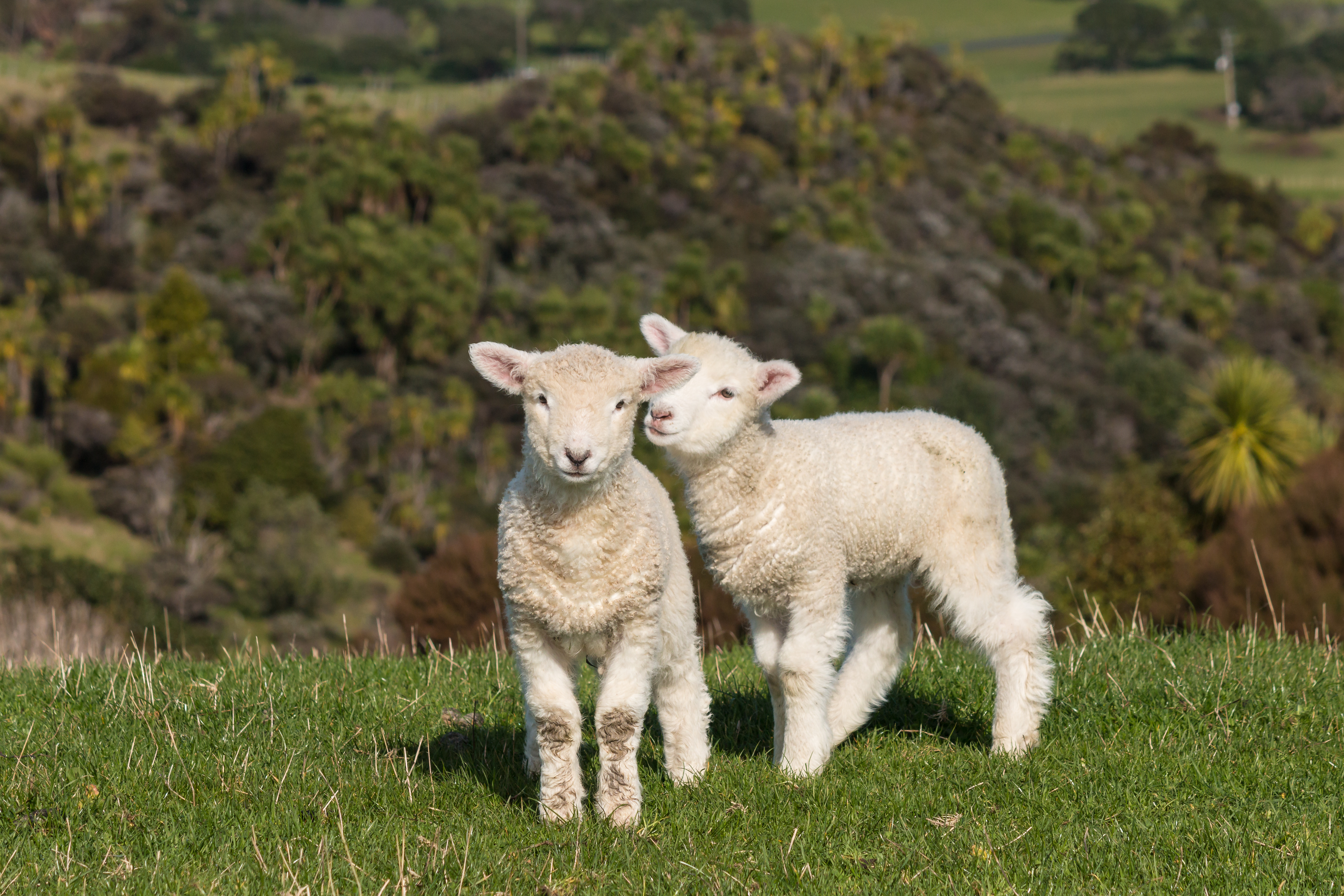
Betraying rural roots?
Many years later, away from the village where I grew up and having turned my back on meat and dairy, I’m now perhaps seen as somewhat betraying those rural roots – I hope not.
My career in design has taken me far from rural England, living and working as an industrial designer in Tokyo for more than a decade. Since moving back to Europe I made the decision to stop eating meat, then around a year later, I made the logical progression to veganism.
My family and friends have been mostly understanding, sympathetic and accommodating of my choice. Like many others up and down the country, as animal agriculture hits the headlines regarding environmental damage, they too are doing their bit to reduce their meat intake and so we can usually find ways to enjoy a family meal together.
Quality meat
One of the standard lines vegans hear from friends or family whenever the awkward topic of veganism comes up is this :
“I only buy good quality meat.”
I just look blankly not knowing how to respond.
“Thank you?”
It is coming from a good place I know. A wilted olive branch of a peace offering. Intending to make two clear points.
Firstly: “I sympathise with what you are doing even if I am not taking it as far as you do.”
Secondly: “Please do not judge me, you think I am a bad person but I am not.”
It’s as if some unspoken dialogue preceded the ‘quality meat’ line, only you were not invited to contribute to it. Even if you want to now say ‘they all end up in the same slaughterhouse’. Don’t.
This is not LizHunts156 trolling your Instagram upload of that beautiful nut roast en-croute with the words ‘I wish vegans would go extinct’, this is your family and they love you. Pick your battles. Nobody wants that discussion now, least of all the people sitting opposite you, about to tuck into their juicy pork chops.
Genuine caring
I partly understand their logic too, these are friends and family, good people, intelligent people. So when they tell me they buy ‘good quality meat’, I do believe it’s because they genuinely care.
I do not wish to claim credit for their conscientious leaning towards more ‘ethical meat’ either, in many cases it often has nothing to do with my plant-based choices or trying to appease me, but rather that they also looked into these topics independently and just reached a different conclusion than veganism. I can live with that. Sort of.
Paying to kill
However, inside of me, there’s always that part that feels a slight sense of sadness or frustration. Firstly, because from my perspective, however good the living conditions are for these animals (in the weeks or months they are allowed to live), paying for their killing is still what I personally cannot accept if we don’t need to eat them.*
I am not religious at all but I still have been brought up with a strong sense of right and wrong and I can’t fool myself into thinking it is ok. This clearly isn’t comparable to accidents or euthanasia, for me, the idea of ‘ethical meat’ or ‘humane slaughter’ then just becomes nonsensical when the necessity to kill element is skipped over.
Since I struggled with this unnecessary intentional killing aspect, my research into ‘ethical meat’ had reached a dead-end rather abruptly. Much like those poor lambs. Perhaps I then needed to admit that as a result, my understanding of the intricacies of so-called ‘high welfare’ or ‘ethical’ meat might not be that strong.
My stumbling at the first hurdle: my inability to overlook the slaughter aspect, had that left me a bit ignorant on how good their life was? Did I really know how these animals lived? Were they happy? Were they well looked after or even dare I say it, loved? None of this really affected my choice, if anything it makes the final betrayal of slaughter even sadder. However, if my friends and family had placed their trust in the idea of high-quality meat, I thought maybe I should at least look into that more. So I did.
‘Quality assurance’
In the UK alone, there are quite a few of these high-quality assurances used to help shoppers identify the best quality approved meat. For example terms like ‘Free Range’, ‘RSPCA approved’, and ‘Red Tractor approved’ are some of the better-known food labels or phrases that would help my friends and family navigate the shopping aisles.
They signify animal products that uphold certain standards above whatever house of horrors torture dungeon produced those chicken doner kebabs I used to guzzle down as a design student in London.
Red Tractor has a nice website and delightfully animated YouTube videos with warm-sounding friendly narrators that could easily be a voiceover for a children’s tv show, words like ‘trust’ and ‘care’ are scattered about generously.
Red Tractor
On the surface, Red Tractor seems to embody all these heartwarming ideas of high animal welfare, local, and quality that many will look for. So it seemed like a good place to begin. As for the animal. I decided to look into the most popular meat in our family, chicken.
Sounds not too bad but what exactly does that mean? I started by browsing through Red Tractor’s website looking for some real numbers and specifications to give me some tangible facts and figures.
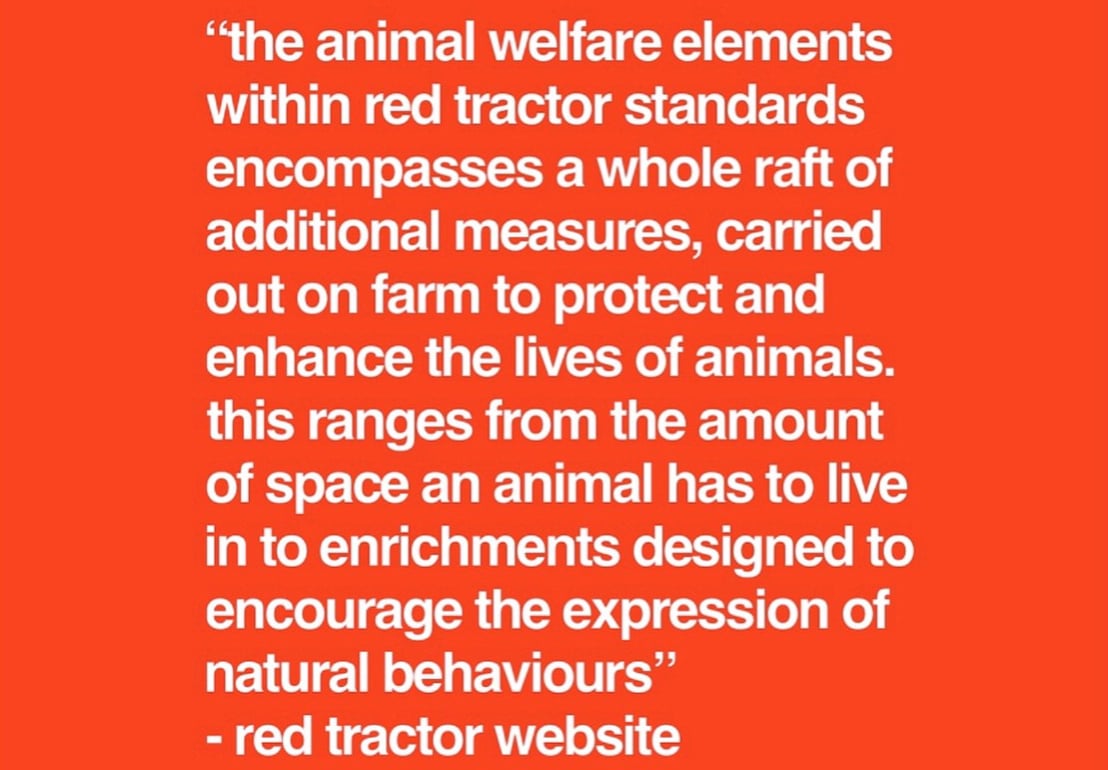
Facts and figures
I quickly found myself lost. There were some ideas and impressive statements but I could not find anything very concrete or measurable that I could get my head around. So I emailed Red Tractor to ask where to locate the facts and figures.
I got a very quick and civil reply. Great.
Dear Giles
Thank you for your email.
Red Tractor Standards are available for all to see and can be found in the Assurance section of our website: https://assurance.redtractor.org.uk/
Kind regards
Red Tractor
Getting complicated
So this is when things got complicated. What exactly are ‘stocking densities’? What does 38kg mean? ‘Broilers’ I am guessing those are chickens for meat, not eggs? Even my countryside education of watching lambs being born from a safe distance in my wellington boots hadn’t readied me for this. Perhaps those extended years in Tokyo had robbed me of my rural-cred and made me into an awfully ignorant city fool. Wait a moment. The column heading is: “How you will be measured.”
This is clearly written for the farmers to read not for the customers to understand. Agriculture terminology like ‘stocking densities’ measured in kilograms not number of birds, it still all feels so abstract.
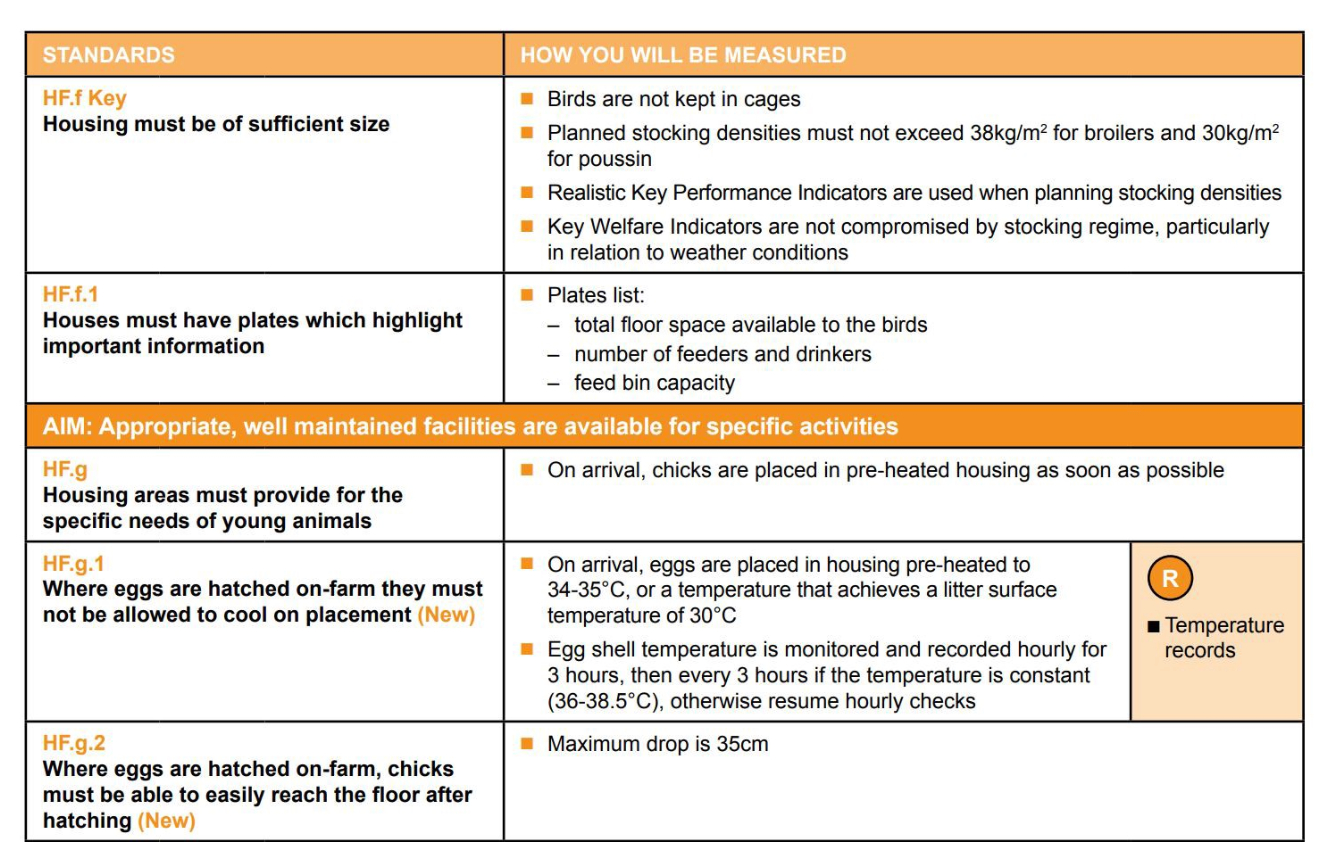
Out of my depth
Drowning in pages of agriculture terminology and quickly out of my depth, I decided to reach out to the nice email respondent at Red Tractor again.
Dear Red Tractor,
Thank you, this is very helpful. I was searching for this but couldn’t find the link when looking for it sorry.
I am especially interested in chickens for meat. I think ‘broilers and poussin’ is most appropriate area to look right?
I found this ‘Planned stocking densities must not exceed 38kg/m2 for broilers and 30kg/m2 for poussin’.
What does this mean exactly?
So for per m2 of space,
maximum how many chickens can you pack in (adult size say a week before slaughter not chicks)?
Sorry I don’t know the weights to judge. I imagine many consumers struggle with these definitions too if you don’t have a technical mind to understand farming terminology and technical insights on expected weights etc.
Thanks a lot,
Giles
A very helpful reply quickly followed.
Dear Giles
Broilers and Poussin is the applicable Standard for table birds.
38kg/m2 equates to 17–19 birds. UK legislation permits 39kg/m2 and the EU 42/m2.
Kind regards
Red Tractor
Facts
Finally some facts I can work with given to me by Red Tractor.
’17–19 birds’ per square meter of floor space.
And there is more…
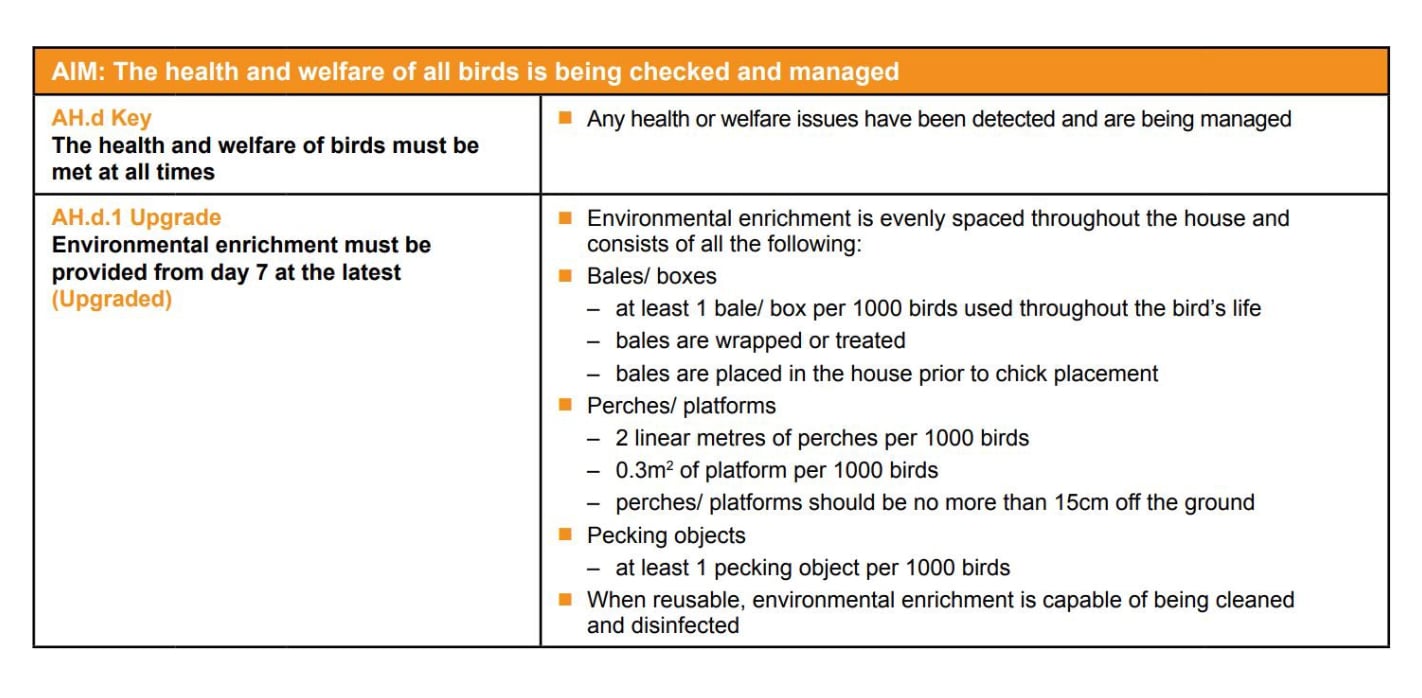
Environmental enrichment to encourage natural behaviours consists of :
‘2 linear meters of perch per 1,000 birds’ and ‘one pecking object per 1,000 birds’.
Armed with some actual facts and figures and some Adobe Illustrator skills I started to try and visualise these standards.
Imagine a whole chicken is around the size of A4 (add a bit of room for the feathers and for them to stretch their wings).

Mapping out the dimensions to scale, I discovered 18 sheets of A4 do not actually fit into a meter squared without overlapping.
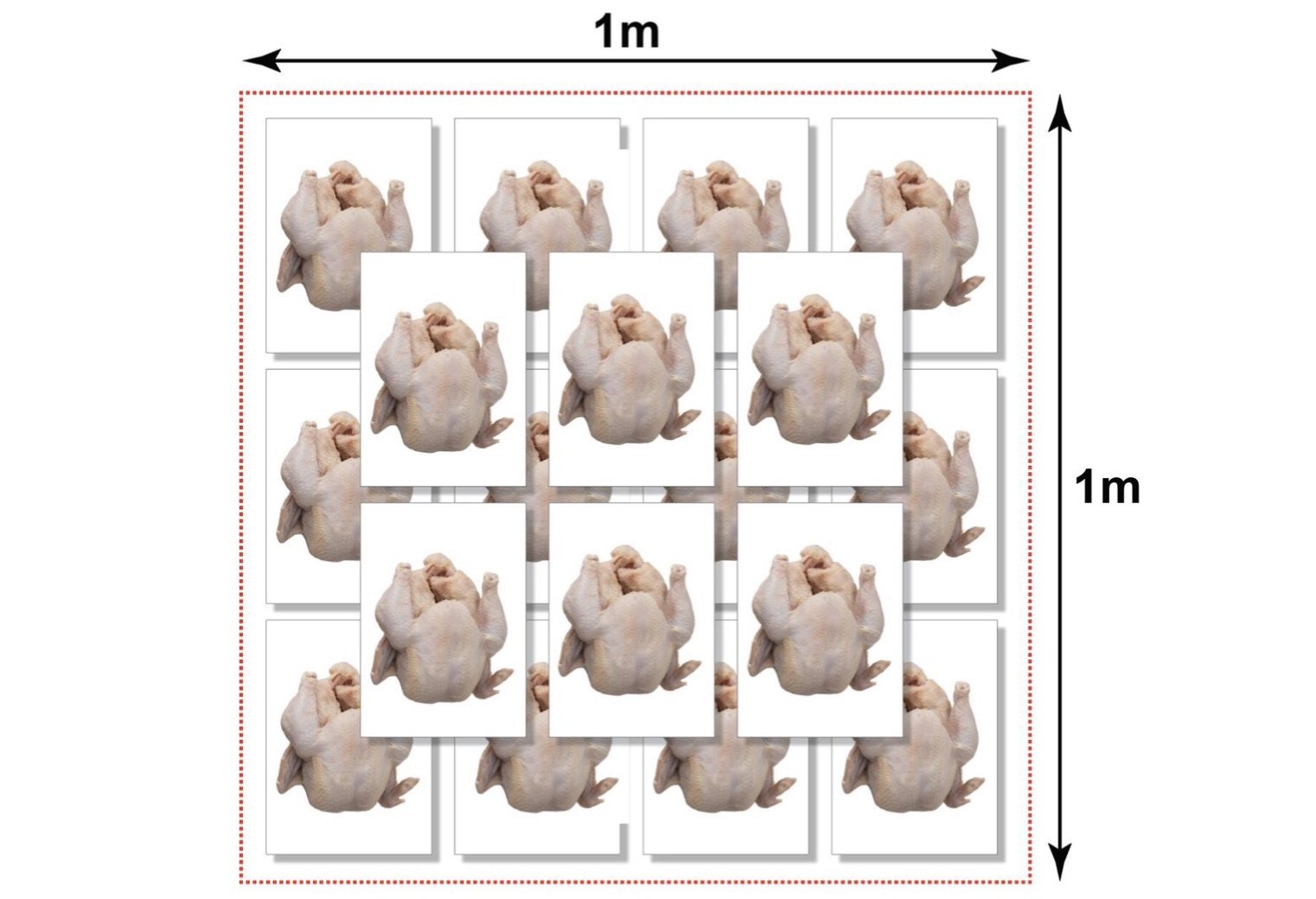
At this point, it was looking even worse than even I had imagined.
Next up was this two-meter perch for every thousand birds. Keeping that 38kg/m2 stocking density and the perch to scale it looks like this:
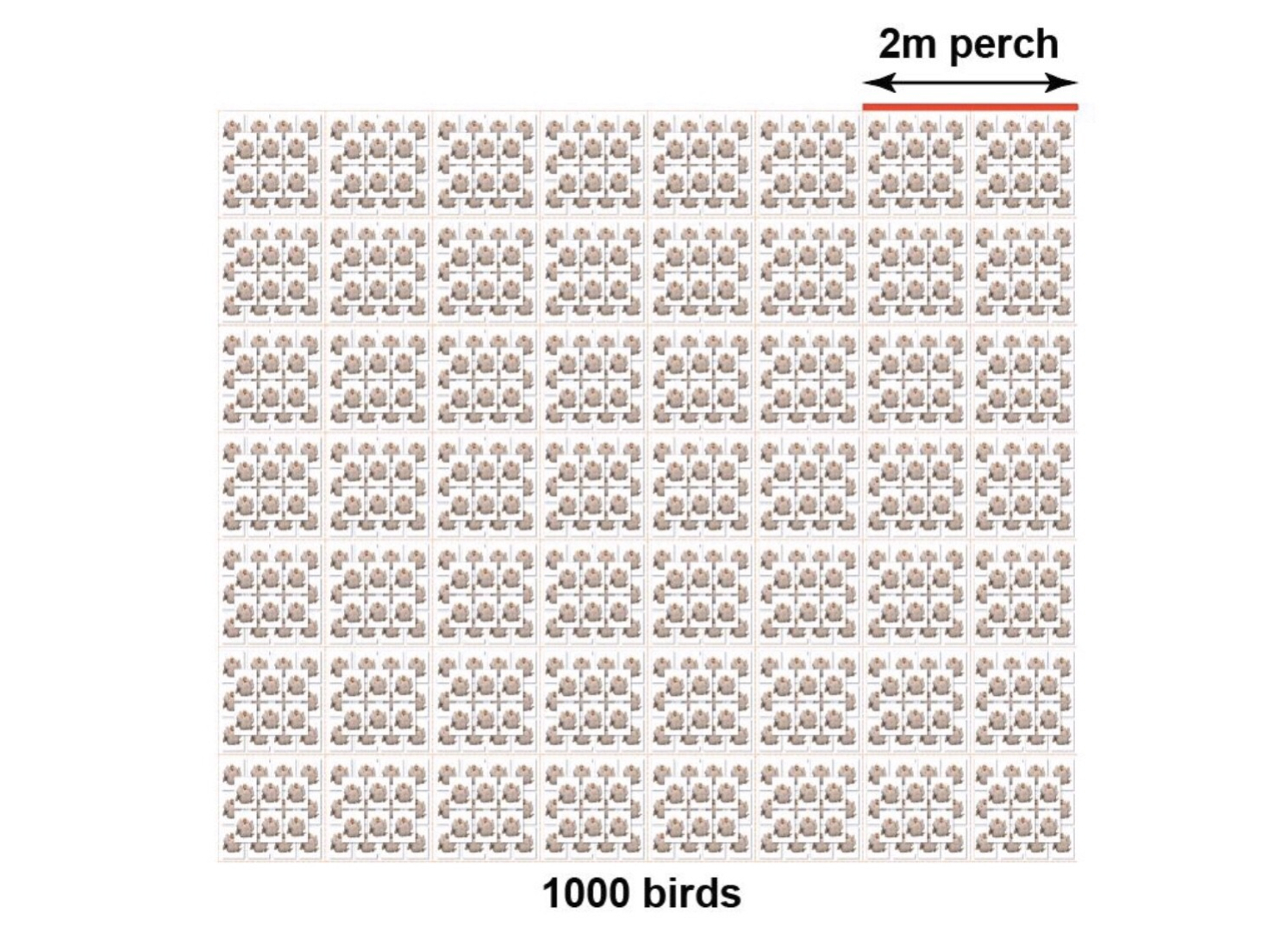
One pecking object per 1000 birds looks like this:
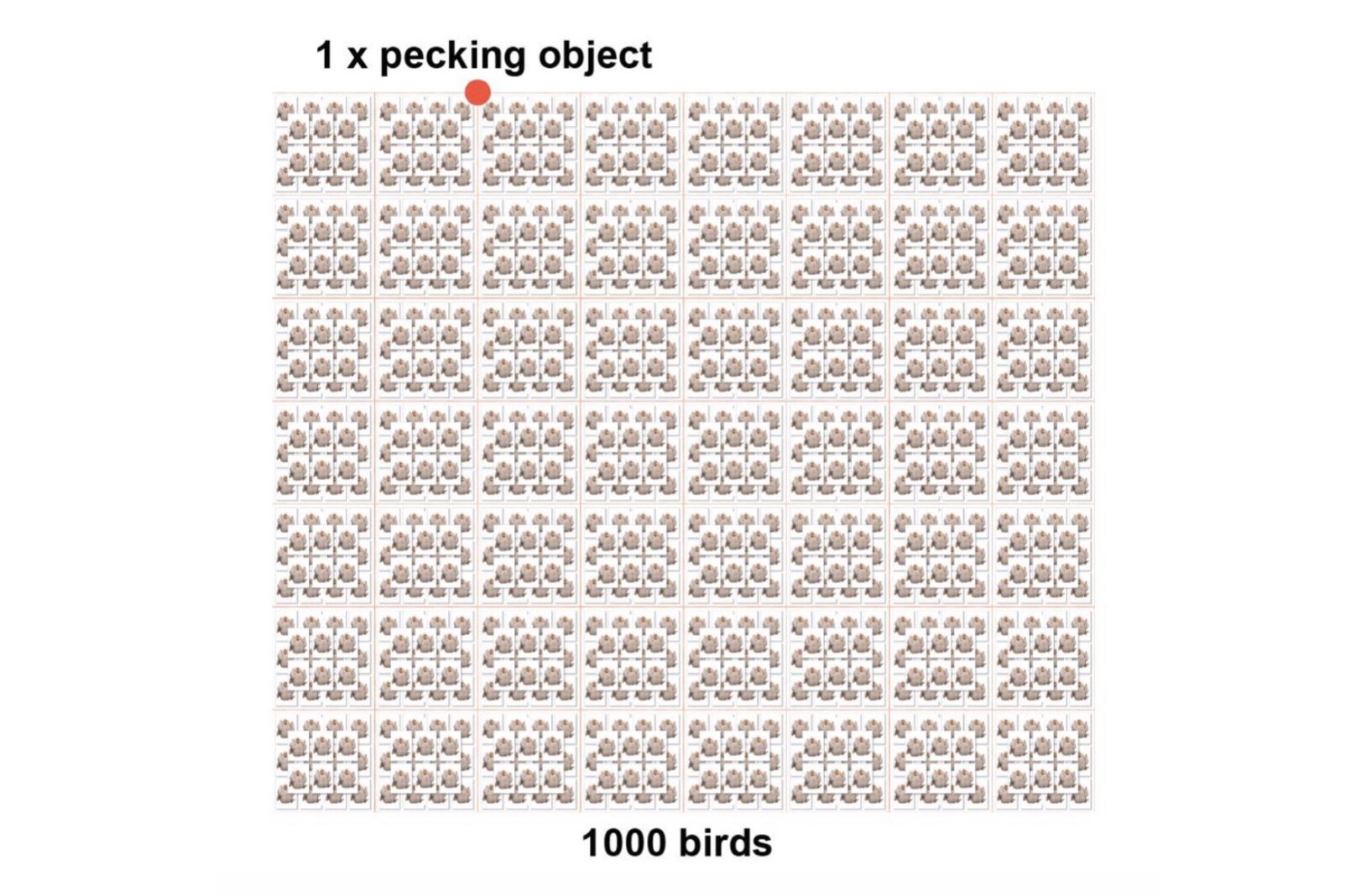
Welfare standards?
These images illustrated to me the reality of the welfare standards that are so grossly disconnected from the values advertised by Red Tractor in their promotions. Perhaps these standards are marginally better than the U.K. law, perhaps they are better than the EU law.
Maybe all this shows us then is that the current laws are not good enough. It certainly doesn’t change the fact that there’s a glaring discrepancy between the public’s expectation and the truth. These abhorrent standards of animal welfare are masquerading as high welfare under the Red Tractor food labelling scheme – that’s a big problem.
Maybe you disagree with veganism and believe it’s ok to kill animals if they are looked after in good conditions. I do believe people should be allowed to make informed decisions, but organizations like Red Tractor make that impossible by obscuring the truth from view. They sell what we may hope to hear in slick marketing campaigns and vague statements but the reality is buried in the small print about stocking densities.
Conflict of interest
Red Tractor was set up by the National Farmers Union in 2000. Which means there are obvious conflicts of interest. Alastair Crown, a pig farmer from Londonderry was quoted in the Farmers Guardian in 2017, saying,
“Red Tractor gives people this idea the produce they are buying is high welfare. But who defines high welfare? Who regulates Red Tractor? They just make up their own standards and as long as their farmers buy into it they are allowed to sell their produce under this banner. It is promoting the intensive production of animals.”
Sometimes we need to be reminded that these aren’t simply some kgs of food matter exerting weight on a concrete floor. These are still living beings, unique individuals with the capacity to experience the world around them.
They say you can learn a lot of sense from kids. My three-year-old niece was often talking about a friend in her nursery group during the car ride home with my sister. It was only fairly recently after some curious story of the girl pecking her arm that my sister deduced that the friend she had been talking about for weeks was in fact a chicken.
* According to NHS website advice and British Dietetic Association assurances, a vegan diet can be healthy and nutritionally adequate for all stages of life.
